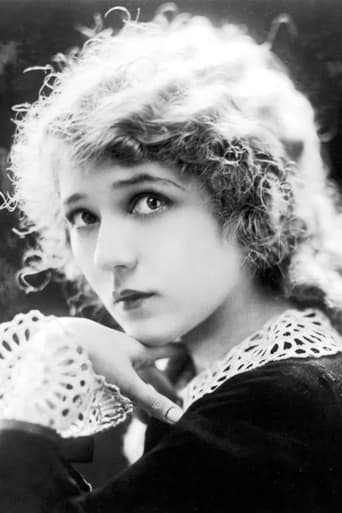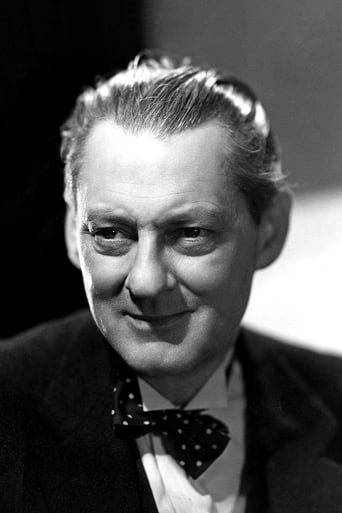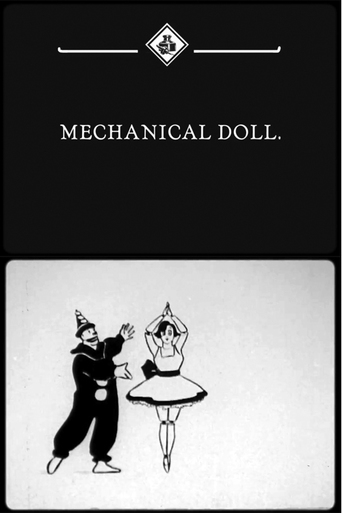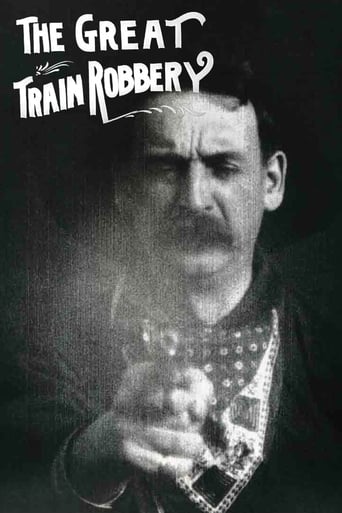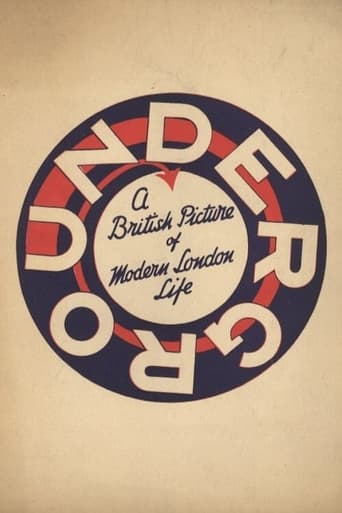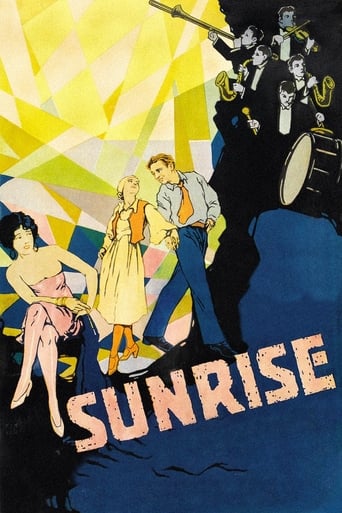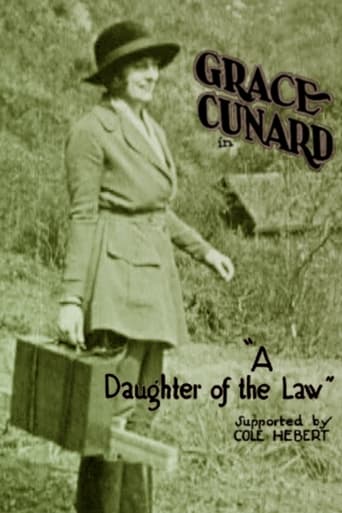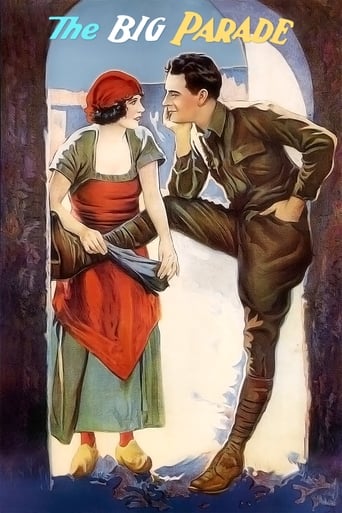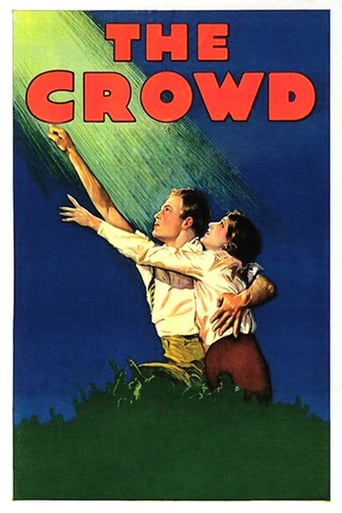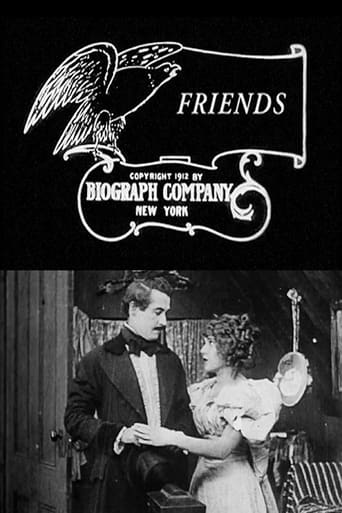
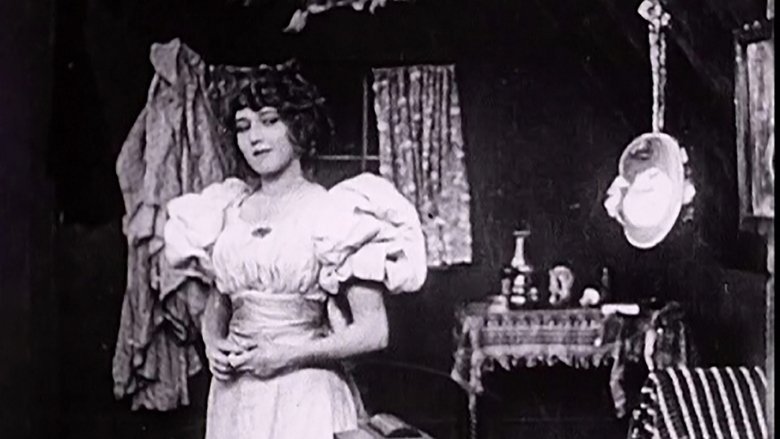
Friends (1912)
The orphan Dora is courted by two different gold miners.
Watch Trailer
Cast


Similar titles
Reviews
A dramatic little love story in the costume of the 70's and which happens to be set in the West. The atmosphere is truly Western, but this is merely because the producer, having chosen to set his situation in a gold diggings country, used backgrounds of all kinds in perfect keeping. There are but three characters in the foreground, the daughter of the innkeeper and belle of the mining village (Little Mary); a young blade, perhaps a gambler or a speculator, who is dressed in a frock coat and topper (William Walthall), and a miner of a rather rough but honest appearance. These two men are the "friends," and the picture's chief object is to set forth the character of the young blade. He holds women in more or less contempt; but for his friend he holds a just respect. It is a realistic picture that appeals to the mind rather than to the emotions. A commendable picture; it will interest all kinds of people. The gallery will like the atmosphere; the critical will enjoy its matter. - The Moving Picture World, October 5, 1912
When love leaves, then a woman needs to take the first best thing that next comes along, when you are out in the west. Doesn't take long for the abandoned woman to take up with another man.Also seems to be a mate-ship message here from Griffith's - don't let a woman come between you and a mate, in the Wild West at least.Barrymore looks like John Wayne in this, until the hat comes off. It is again interesting to see that Mary Pickford moves slowly and also uses her hands often and tenderly when with another - a habit of hers. I wonder if she was consciously slowing her movements down to make her movements appear smoother on screen. It is noticeable in a number of her films.Also nice to be able to lip read Pickford when she is talking from the stairs..."Come up stairs" "come on"I have only seen a a bad quality copy of this film but it is most obvious that Mary Pickford would have looked absolutely gorgeous in the clear fresh film of 1912.We shouldn't forget the cowboy at the front in the saloon, who adds a lot of character to the scenes. It looked pretty much like Elmer Booth who was another fine up and coming actor of the time. He was the lead in a excellent little film with Mary Pickford - The Narrow Road (1912). Sadly he died as a passenger in a car accident in 1915. As reported in the New York Times of the day.
DW Griffith made a fair few westerns, and most of them fit into the genre conventions of the time tales of adventure and exploration (with the hero often an easterner) which would later give way to the pioneer wagon pictures of the 1920s. Friends however is a small-canvas romance in the same vein as many of Griffith's contemporary pictures of 1912.For whatever reason, Friends sees Griffith in experimental mode, trying out several new techniques and styles, some of which he would never really explore again. First, there is his cutting between long-shots and mid-shots. In the saloon bar, he several times cuts from Mary Pickford in the background on the staircase, with the barflies lounging all over the foreground, to a mid-shot framing her on her own. This technique creates two very different spaces on the same set. This isn't the first time Griffith had done this, but it's certainly one of the most effective examples from this era. The camera is beginning to be freed up, and we are moving towards what would later become normal coverage and editing patterns.It's often been pointed out that Griffith never used point-of-view shots, but here he does come close. While it's true he never actually showed a shot of action from another character's perspective, those close-ups of the photograph in Friends are at least a shot of an object from the point-of-view of a character. Now, arguably such a shot is just a variation on the title card, just as when we see a detail of a letter, but Griffith does at least literalise it, including the hand in the frame and thus making it clear that the audience sees it as the character does.This is also probably Griffith's most extensive use of title cards being character's spoken words, and inserted into the middle of scenes, as oppose to the usual explanatory title cards at the beginning of each scene. Griffith would use "speech" titles a lot more in his features, but they were never the majority. It is possible though that the original titles are lost, and Friends was later restored with new titles, which I believe is the case with some of the Biograph shorts.A pretty distinguished cast is lined up here. Mary Pickford was by now instated as Griffith's primary leading lady, after having spent an unusually long time hovering in the background in supporting roles. She proves herself perfect for the subtle, naturalistic approach that was by now the hallmark of Griffith dramas. Pickford is ably supported by Henry Walthall and Lionel Barrymore. Considering his later status and "type" it's odd seeing Barrymore so frequently playing these unkempt rakish figures in his days at Biograph.By the way, Mary Pickford once claimed that a shot of her in Friends was the first ever close-up, and this was repeated as true in Robert Windeler's biography of her. However, a glance over Biograph shorts from as early as 1910 prove this is not the case.
Friends (1912) *** (out of 4) D.W. Griffith film about a gold digger (Mary Pickford) who goes after two men (Henry B. Walthall, Lionel Barrymore) not knowing they are friends. Griffith does a great job at building up the ending, although there's a little too much sugar on it for the film to really work but then again, you come to expect this out of the director. Pickford is downright delightful as the woman after gold while Walthall and Barrymore are great as usual. Harry Carey has a small role.Available on DVD through Kino.


